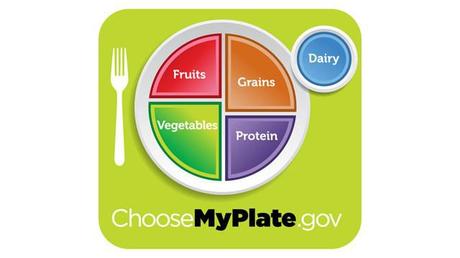
One Less Invasive Way of Shaping Eating Habits
It's clear that America has a problem with obesity. Waistlines are expanding, BMIs are climbing, and the health complications associated with being overweight or obese are increasingly prevalent, tragic, and expensive. The problem has increasingly manifested itself in the youth of the nation, and worries are growing that this generation (my generation) will be less healthy than our parents. It's hard to argue against the necessity of taking action to help prevent childhood obesity and encourage healthy habits. However, it seems that the legislative solutions thus far are a little off the mark.
The approach taken by Beacon Hill is focused squarely on the dietary aspects. In addition to the first line of common-sense solutions (remove sugary drinks, ultra-processed foods, candy, and fried foods from cafeterias), a new bill tacks on a host of other directives. Sodium content, caloric content, and fat content in food - all must be scaled back. Most bread must be whole grain, and vegetables are served as a side with every meal. The bill will also phase out chocolate milk and ban a host of 'junk' foods from being sold during school hours.
One problem is that some cash-strapped food services (including Monument's) don't appear to have the money or the initiative to adapt menus to what is essentially an unfunded mandate. At my school, the cafeteria has stopped making certain types of soup altogether because the prepackaged variety contains too much salt and they lack the time and resources to produce a low-sodium version from scratch. Student-grown vegetables from the on-campus Project Sprout aren't making it into lunches enough because of the aforementioned time and resource constraints, and students are instead served up frozen and reheated, lower-grade veggies that are unpalatable and most often end up as food waste. For $2.50 (and $.40 reduced rate), it's possible to get an entree, a side, and an 8-ounce carton of milk. Prices rise sharply for any a-la-carte additions, which are not sold at a reduced rate to low-income students. Now that the side must be a vegetable and the entrees are lower in calories, it's more difficult than before to eat a cafeteria meal that satisfies a teenage appetite. It seems that in the battle to curb obesity, those who are not getting enough to eat may be left by the wayside, especially if they depend on one subsidized meal during the school day for a large segment of their nutrition.
Student clubs and the special education department are collateral damage of the recent push. Groups like the Maroon Tribune, which was financed by bake sales last year, have to get by without that source of revenue. Meanwhile, the school store, an integral part of the curriculum for special needs students, has lost the lion's share of its sales because it can no longer vend ice cream.
How to remedy these issues? Lawmakers in Boston should back up the new law with increased funding for the vital school lunch program. If cafeterias aren't scrounging to make ends meet every fiscal year, they can start focusing on higher quality food with better nutritional value. Senators and representatives should also consider scaling back some of the more aggressive provisions, like the impending ban on chocolate milk.
The most important thing to note is that despite this inordinate focus on nutrition, poor eating habits aren't the biggest culprit for obesity. The elephant in the room is lack of exercise. There is a growing body of science to support the conclusion that the amount of exercise people get determines their health more closely than BMI does. So, the best response to childhood obesity is not to tweak the offerings of the cafeteria. It's to get kids moving. Maybe Massachusetts needs a bill promoting and funding increased emphasis on physical and outdoor education. Measures making it easier and safer to walk or bike to school could also be of use. State legislators need to think creatively on this one and draft a bill that helps improve the health of all students, not just those who buy lunch from the cafeteria.

